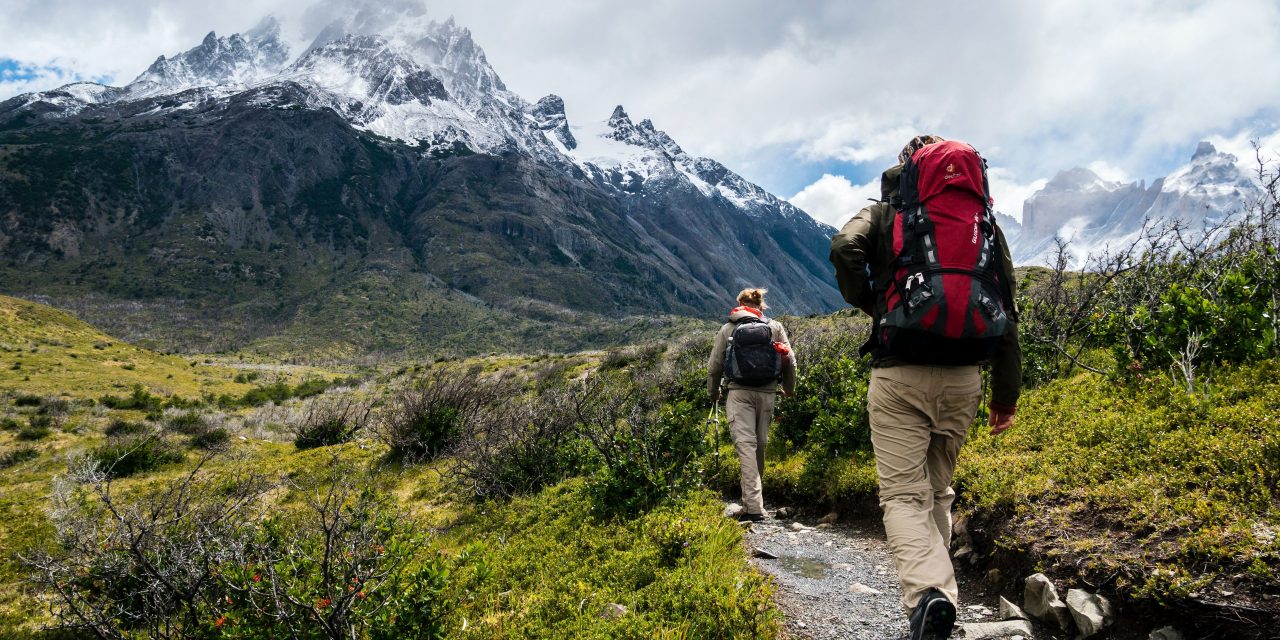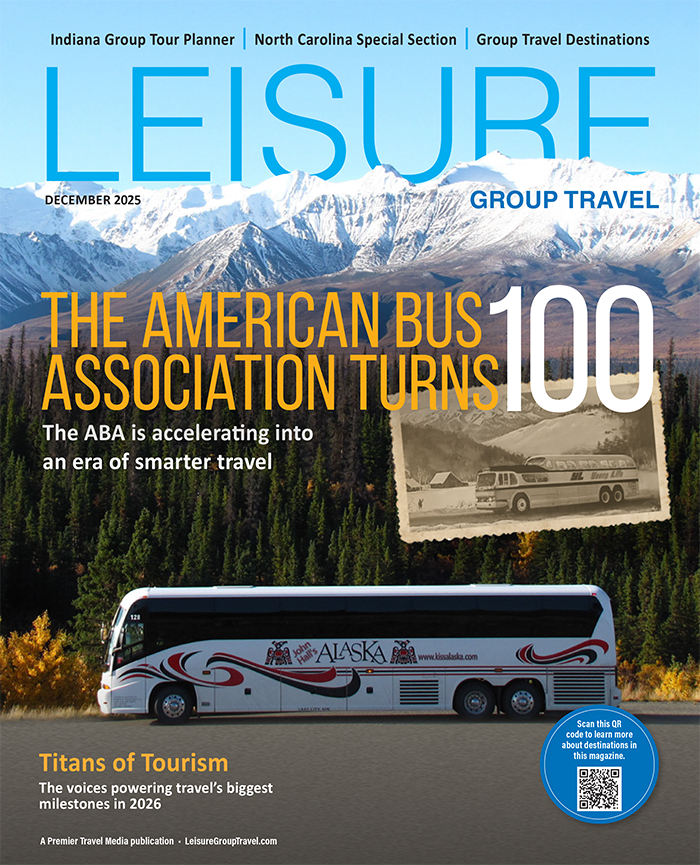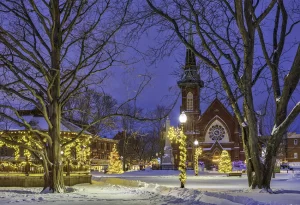Experiential Tourism certainly isn’t new. If you do some research, you’ll find articles authored as early as 2017. I’m sure there are others with even earlier dates. In some ways, experiential tourism may have given birth to adventure travel, culinary tourism, cultural tourism, volunteer tourism and others. Travelers like personalized experiences and that’s the whole point.
Adventure travel may have been the first segment to engage in experiential tourism. Back in the day, we were perfectly happy to visit a state park and walk on a paved path (don’t want to get our new sneakers dirty) and call it a hike. Likewise, back in the day, watching the lovable manatees from a bridge was great. Today, we want to swim with the manatees. We want to explore many of those state parks from a zipline or hike designated trails that range from easy to intermediate to difficult to extremely difficult. Let’s enjoy the great outdoors at the level we’re most comfortable.
Culinary tourism has also found a home in experiential tourism and blends well with cultural tourism. At one time, we were perfectly content to watch a cooking demonstration and get a recipe card before we passed through the gift shop. Now, there are options from Maine to Louisiana and Pennsylvania to California where we’re welcomed into homes and invited to sample dishes from the host’s culture. Cooking classes are now hands-on and enjoyed with friends and family. Probably the best way to blend culinary and cultural into experiential tourism are festivals and events. Where else can you eat, craft and dance like a local?
Volunteer tourism certainly falls under the experiential tourism umbrella. Every religious order brings groups together to travel to areas with poverty and natural disaster challenges. Within our own industry, Tourism Cares is doing outstanding work here. Whether we’re good with a hammer and saw or we’re a novice, Habitat For Humanity will find a place for the group. Do a good day’s work and still enjoy a great dinner and evening entertainment.
It’s clear experiential tourism is growing and will continue to grow as our industry moves forward. However, there’s one segment that’s understandably moving slowly. It was a decade ago a dear friend at the state level told me her biggest challenge was keeping her history-rich state fresh. We’ve come a long way since that time. The pages of Leisure Group Travel have shared and will continue to share where history and heritage are coming alive through experiential tourism.
Jason Paha, managing editor for April’s LGT feature article does a great job sharing some living history museums’ approaches to experiential tourism. In this same edition of LGT, in the Virginia Group Tour Guide, our Virginia Capitols story talks about Colonial Williamsburg’s nation-builder interpreters who are eager to engage on topics of their day. At the Jamestown and Yorktown museums, we can hear first-hand about the trials of sailing across the Atlantic Ocean and what it’s like to camp and fire the cannons at Yorktown.
In the February edition of LGT, the Wyoming Itinerary Guide shared the story of Historic Trails West’s real chuckwagon dinner. Just like early pioneers, we’ll travel the trail by foot, horseback or in a wagon to a real Dutch Oven dinner.
One of my personal favorites is the experience we had in The White House Decision Center at the Harry S. Truman Library and Museum. It’s high-stakes involvement as participants step into the roles of President Truman and his advisors to address challenges faced by few other world leaders. Who said history and heritage experiential tourism is hard to find? It’s everywhere if we just look.
By Dave Bodle






